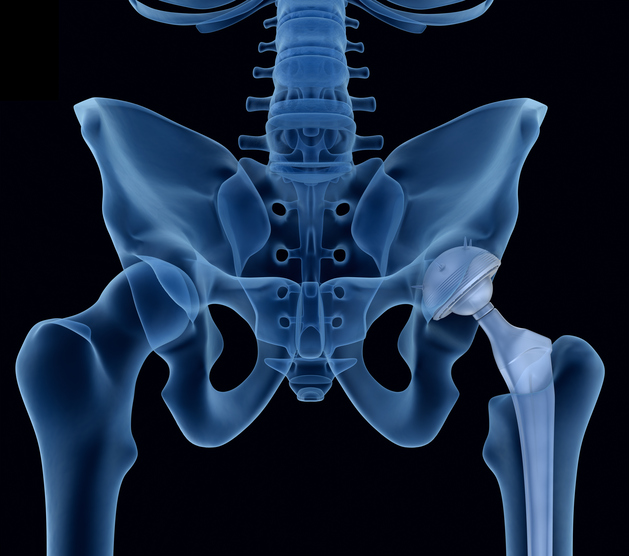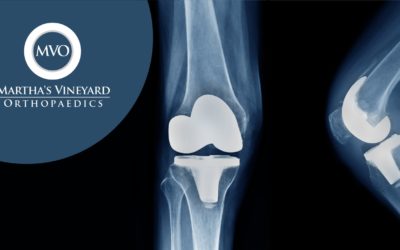Project Description
Your hands and wrists are essential tools that allow you to work, play and perform everyday activities. How well the hand and wrist interact depends on the integrity and function of the ligaments, tendons, muscles, joints and bones. Problems in any of these can affect upper extremity function, causing disruptions at home and work and negatively impacting quality of life.
The human hand itself is very complex and delicate in structure. Hand surgery requires a completely different surgical approach from a qualified hand and wrist surgeon whether treating fractures, arthritis or deformities. Hand surgery traditionally includes treatment of the entire hand, wrist and forearm. Again, this whole region works as a single unit, and the dysfunction of a single part needs consideration of the whole. An additional year of training is required for those orthopaedic surgeons seeking certification in hand and wrist surgery.









